1.The Reappearance of Damascus Steel and Wootz Steel
When we think of Damascus knives, we think of swords with wood grain or water ripples on the surface. It is very sharp and strong enough that it will not break even if it encounters a huge impact or is bent at a very large angle. It is also corrosion-resistant and can even poison the mottled patterns on the surface. It is a god-like existence in the sword world, integrating people’s fantasies about peerless swords. What’s even more magical is that the craftsmanship of the original Damascus knife was lost hundreds of years ago. Although many people in modern times try to reproduce it, there is no conclusive record of how the original Damascus knife was made worldwide.

When people mention Damascus knives nowadays, they usually refer to all knives with patterns on their surfaces. This is a broad term, and we must distinguish it from the original Damascus knife, which originated in Persia. The patterns on modern Damascus knives are made of layers of steel of different compositions. In this sense, the Longquan sword made of Baili steel and the Japanese sword forged with jade steel can both be called Damascus knives.
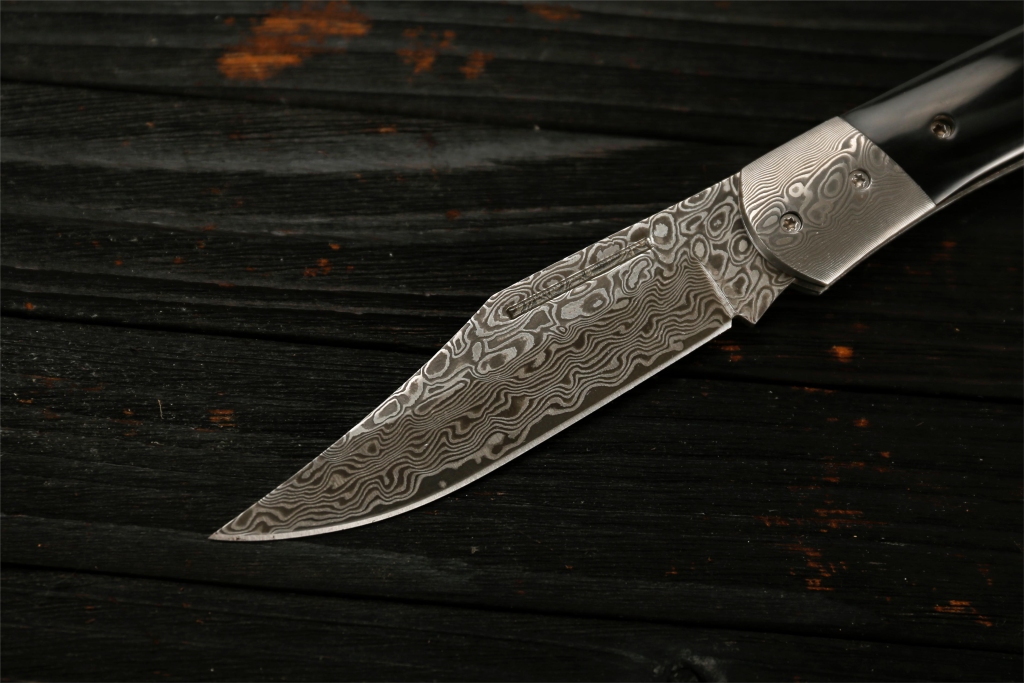
2.What is the Original Damascus Knife?
The original Damascus knife was made from an ingot of steel called wootz steel. This kind of wootz steel itself already has irregular patterns, and after forging, the patterns will appear. It can be said that the reason why the original Damascus knife is difficult to copy is because this kind of wootz steel is difficult to copy.
In ancient times, the Persian region had a huge sword manufacturing industry, and southern India was the manufacturing base of wootz steel. A large amount of wootz steel arrived at the Persian sword manufacturing base centered in Damascus via waterways. Persia and India, one is the manufacturing center of Damascus knives, and the other is the only raw material base. Which of them established and developed first is a question that remains to be explored.
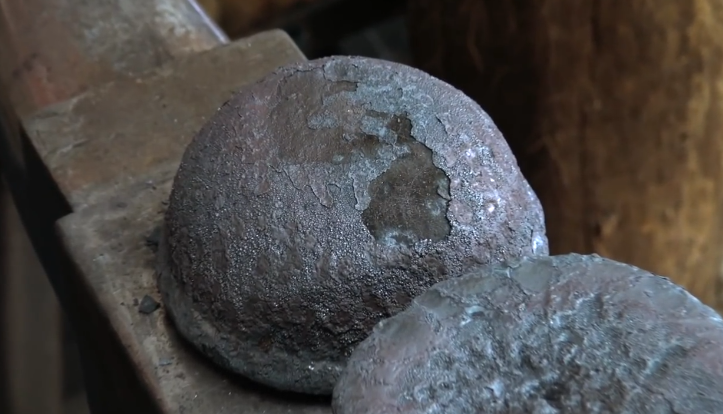
Smelting steel requires the use of charcoal, and making charcoal consumes a large amount of forest resources. This is probably one of the main constraints that prevents knifemakers in Persia from making steel on site. In short, the good partners of Persia and India have been cooperating for thousands of years. During this period, they should have been protected by the rulers at that time, encouraging and profiting from the steel trade.
The iron ore used as the raw material for Wootz steel is mainly limonite or lake iron collected from the river. It is likely that a considerable population is engaged in the mining industry in southern India, where there are a large number of swamps. The collected iron ore is first smelted and reduced to nearly pure iron, with as many impurities removed as possible, and then cooled into rods or disks and placed in crucibles. , add charcoal, fresh leaves and other accessories at the same time, cover and heat in the fire. Finally, the iron is carburized in the crucible and solidifies into Wootz steel.
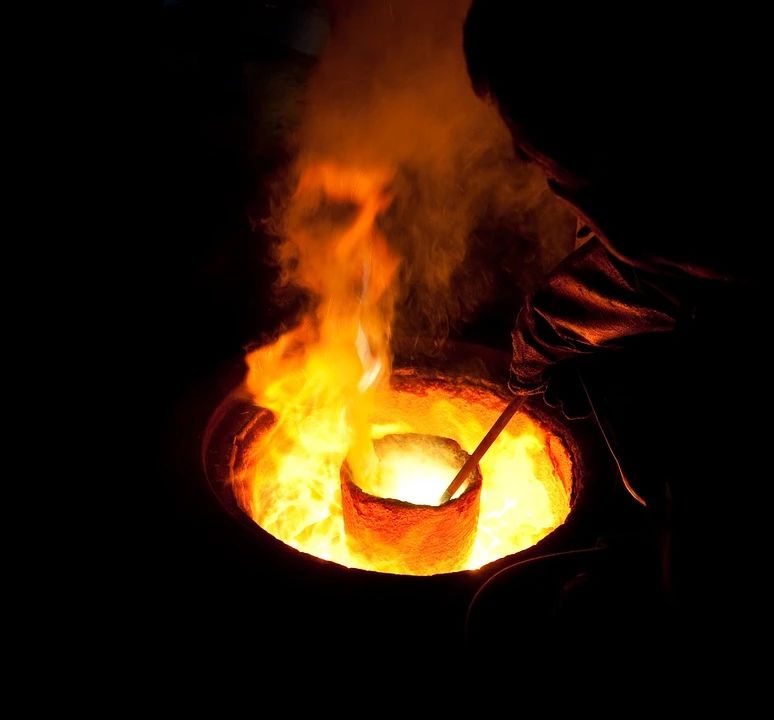
The crucible is sealed and carbon will not escape from the crucible. When the temperature is heated to over 1600°C, the various substances in the crucible are completely melted, and then the crucible is taken out of the furnace and allowed to cool naturally. Wootz steel ingots with a carbon content of up to 1% were born.
This original pattern principle of Wootz steel is different from other types of pattern steel we have today known as Damascus steel.
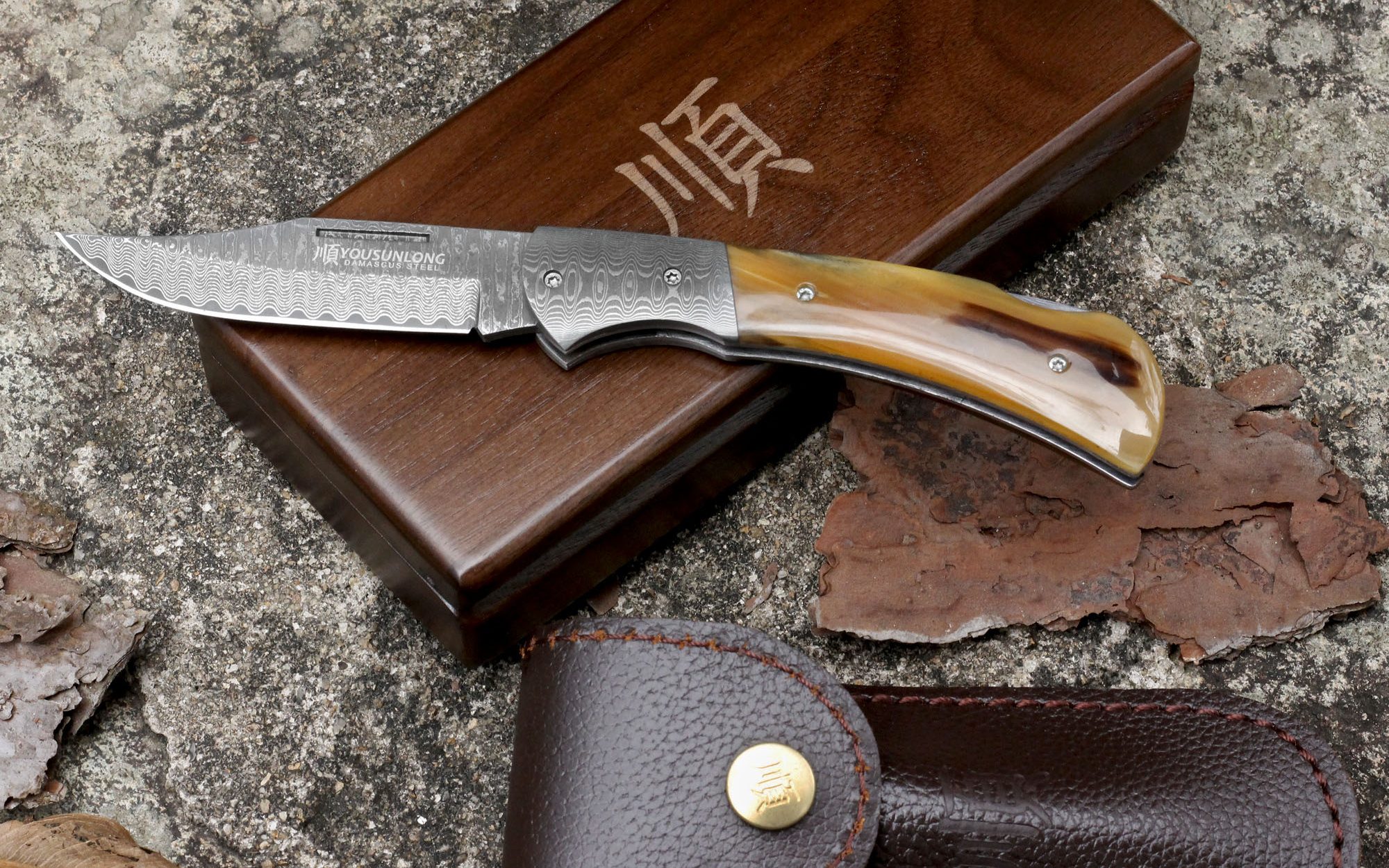
Modern Damascus steel is made by the “fold forging method”. The folding forging method involves folding and forging steel over and over again to create layers of steel. Or different types of steel are forged into one piece, folded and twisted.
The original Persian Damascus knives used Utz steel, a pattern created when the steel melted and hardened, with the ingredients mixed together in a crucible and then hardened. Well, figuratively speaking, it’s like pouring milk into coffee and stirring it around a bit. One theory is that original Damascus steel solidified in this incompletely mixed state.
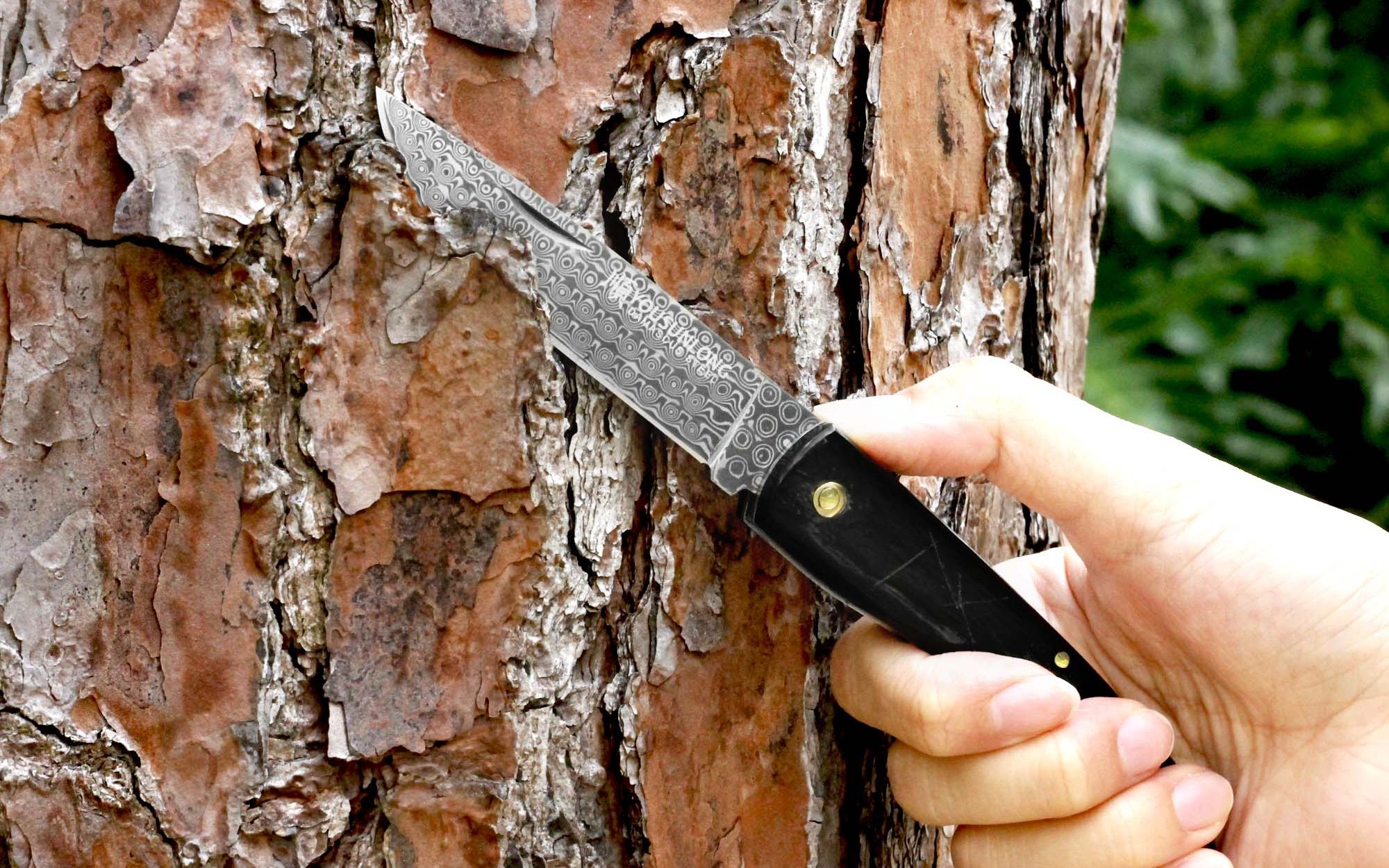
3.How to Make a Damascus Knife in Modern Times?
At present, the folding forging method is the main technology for making modern Damascus knives (of course not all).
Several steel materials of different hardness are layered together, with a thickness of about 50-80 cm. The steel is then forged, and the finished product is forged to a thickness of 2-5 mm, then folded and continued forging. Although it may not sound that difficult, in actual operation, stacking metals of different hardness and then spreading them out evenly requires a high level of forging skills.
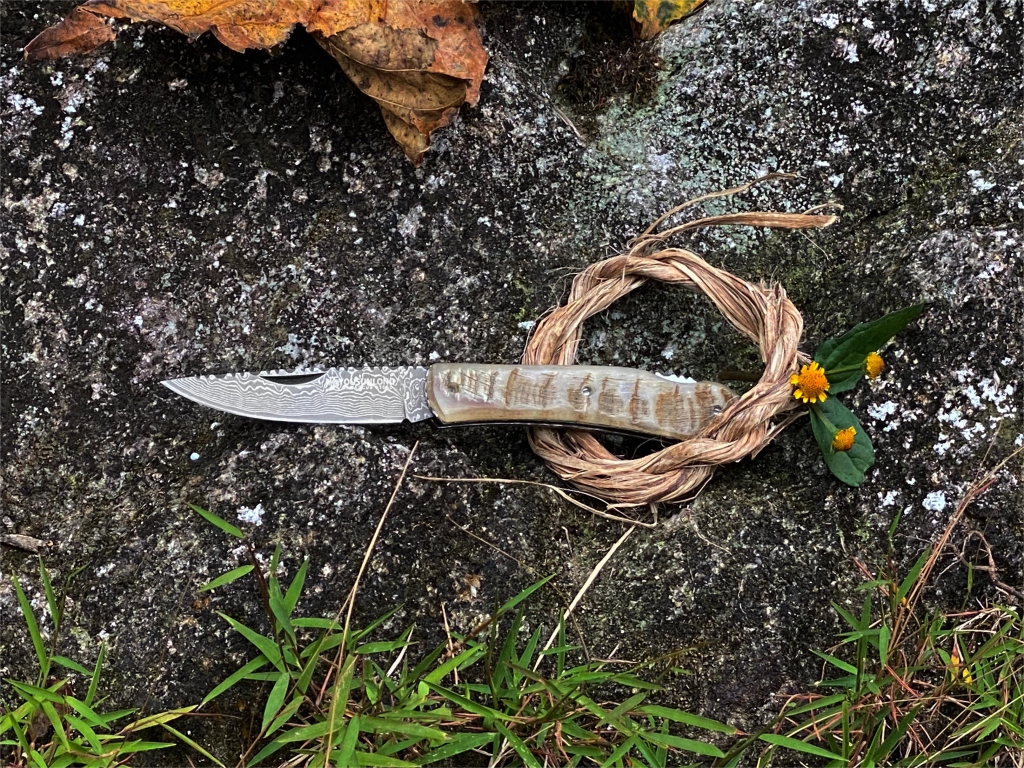
4.Pros and Cons of Modern Damascus Steel
Even for steel that is hard and prone to rust, the rust resistance of the composite steel surface will be significantly enhanced after folding and forging. In addition, steel with high hardness is easy to break. By stacking it with steel with relatively low hardness, the soft and hard steels are entangled with each other, and the final steel can have a very high resistance to breaking.
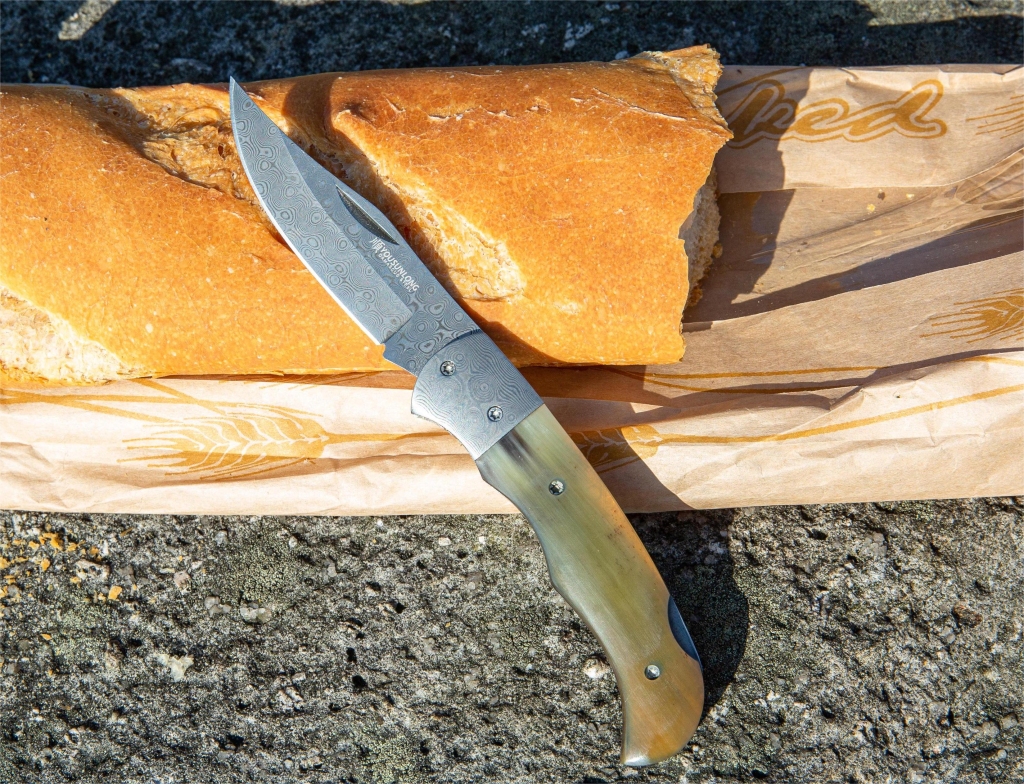
A reasonably forged Damascus knife is both sharp and durable. After good heat treatment and fine polishing, it can achieve very good practicality and artistic appreciation.
As for the disadvantages, it is a bit expensive due to the high level of forging skills and a lot of manual labor required.